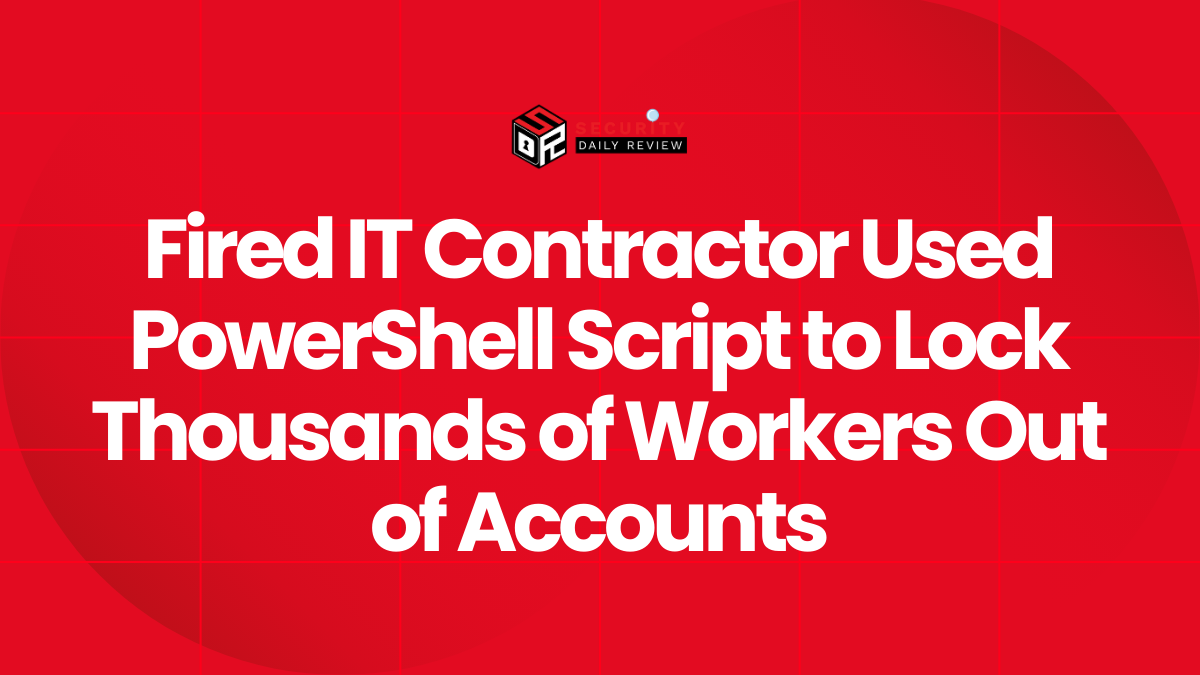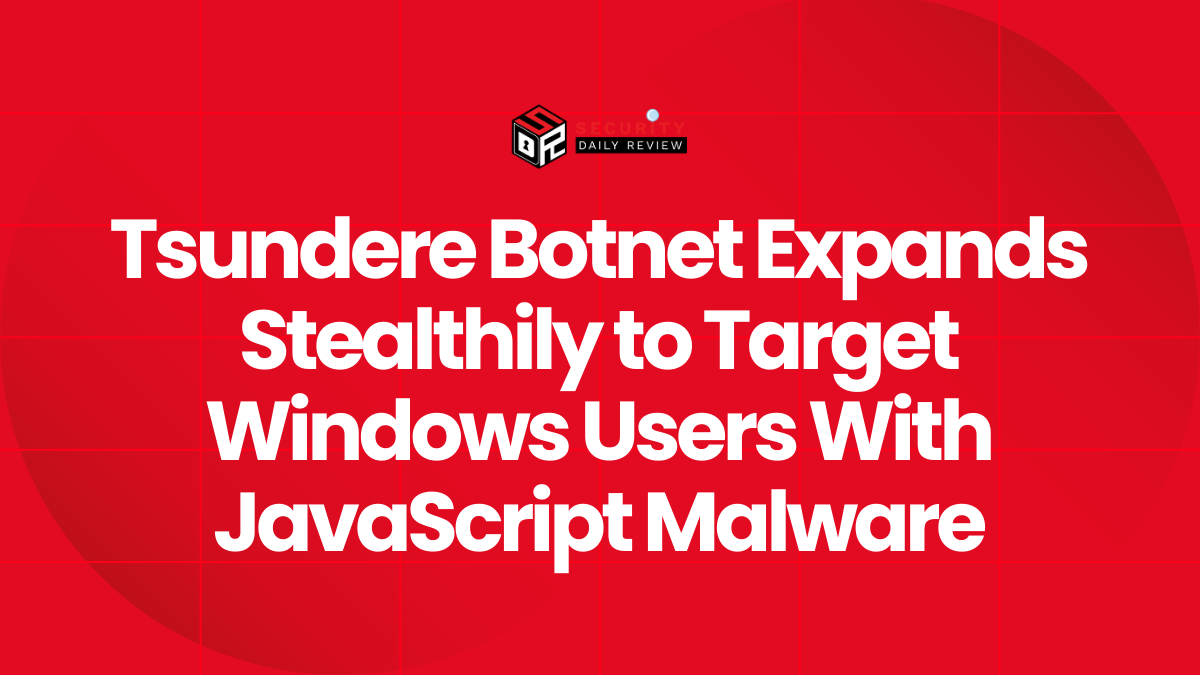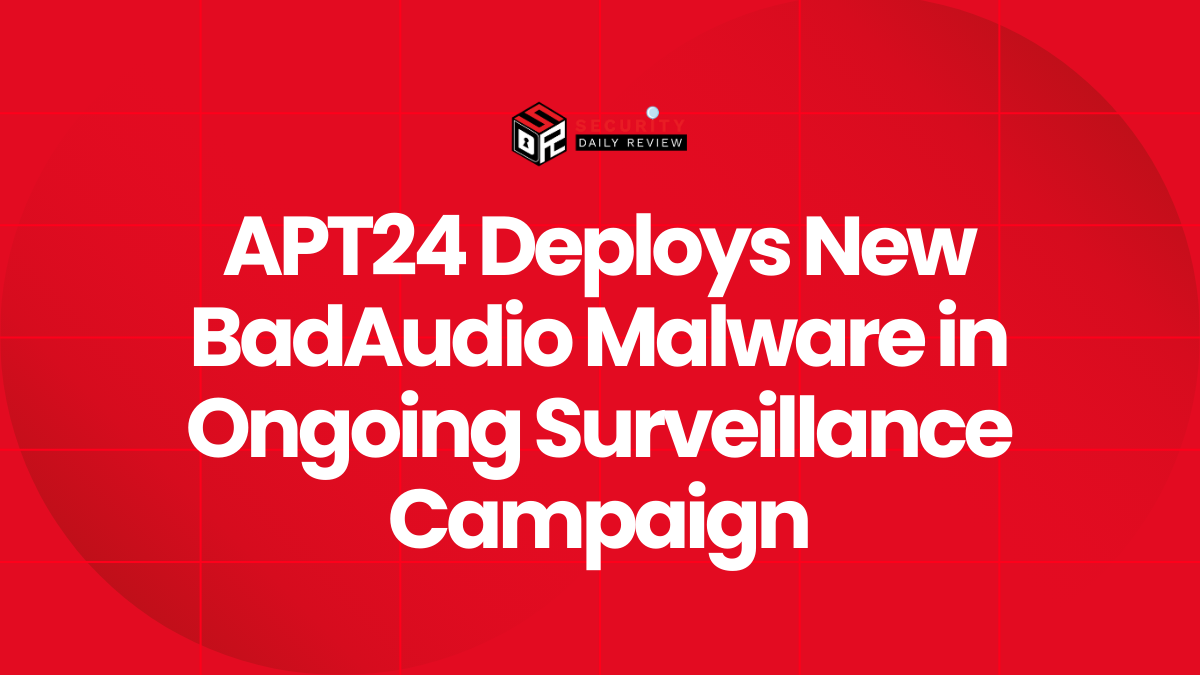A former IT contractor in Ohio has pleaded guilty to accessing his previous employer’s systems unlawfully and deploying a PowerShell script that locked out over 1,000 employees from their accounts. The attack took place after the contractor’s termination and has resulted in an estimated $883,000 in losses for the affected company.
Insider Threat Materializes After Termination
The incident underscores the growing risk posed by insider threats , especially from disgruntled former employees with privileged access and technical expertise. The contractor, who worked for a managed service provider (MSP) specializing in IT support, still had remote administrator credentials that he used after being fired. Within days of his termination, he remotely accessed client systems and executed malicious scripts.
The case brings to light critical cybersecurity implications around access control and user deprovisioning. With enterprise environments increasingly dependent on automation and remote access tools like PowerShell, insider misuse of these capabilities presents a high-risk vector for sabotage.
Attack Details: PowerShell Script Used for Account Lockout
The attacker relied on a custom PowerShell script designed to lock out thousands of domain user accounts. The script targeted cloud-based identity and authentication services used by the MSP’s clients. Once executed, these accounts were rendered inaccessible, effectively halting the daily operations of multiple businesses relying on managed IT services.
How the Script Disrupted Operations
PowerShell, a system administration tool for Windows, can be leveraged to manage user accounts, permissions, and access policies at scale. The attacker used these legitimate functionalities for malicious purposes:
- Locked out over 1,000 legitimate users by forcing multiple failed logins to trigger account lockout thresholds.
- Primarily targeted Microsoft Windows domain accounts, which formed the backbone of employee access to both local workstations and cloud services.
- Affected access to key systems including email, file storage, and internal applications, significantly impairing business continuity.
Investigators said that recovery efforts were extensive, requiring system-wide re-verification of accounts, password resets, and third-party forensic analysis.
Financial Impact and Legal Consequences
The total financial damages amounted to approximately $883,000 , including client service disruption, incident response costs, and reputational fallout. As part of a plea deal, the former contractor admitted to intentionally causing damage to protected computers under the Computer Fraud and Abuse Act (CFAA).
The defendant now faces a potential prison sentence and financial penalties. His sentencing is pending, but the guilty plea confirms federal prosecutors’ growing emphasis on deterrence through legal action against insiders weaponizing administrative access.
Lessons for IT and Security Teams
This case serves as a technical and procedural cautionary tale for organizations and especially managed service providers. Companies relying on external IT vendors or contractual employees must have stringent controls in place to revoke access immediately after termination and monitor post-employment activity.
Key takeaways for cybersecurity professionals include:
- Immediate Deprovisioning: Remove all access credentials the moment an employee is terminated—including remote access accounts, VPN credentials, and cloud administrator roles.
- Privileged Access Auditing: Regularly review and minimize the number of accounts with elevated permissions. Use just-in-time access where possible.
- Logging and Monitoring: Enable detailed audit logging for tools like PowerShell and monitor for unusual activity, especially after role changes or dismissals.
- Insider Threat Programs: Invest in policies and technologies designed to detect anomalous behavior from those with system-level access.
Closing the Gaps in Cloud Identity Management
As enterprises migrate toward identity-centric security models, this incident demonstrates how identity and access management (IAM) configurations can become an attack surface when mismanaged. In the context of zero-trust architecture, every former employee is considered a potential risk until proven otherwise.
Administratively, the breach highlights the need for:
- Time-bound access policies for contractors
- Separation of duties and multi-authority controls for sensitive scripts and automation tools
- Notification systems for repeated remote access attempts from former associates or unfamiliar IP addresses
With cloud-first operations and hybrid work introducing new remote access risks, the misuse of legitimate administrative tools like PowerShell remains a potent threat in the hands of malicious insiders.









